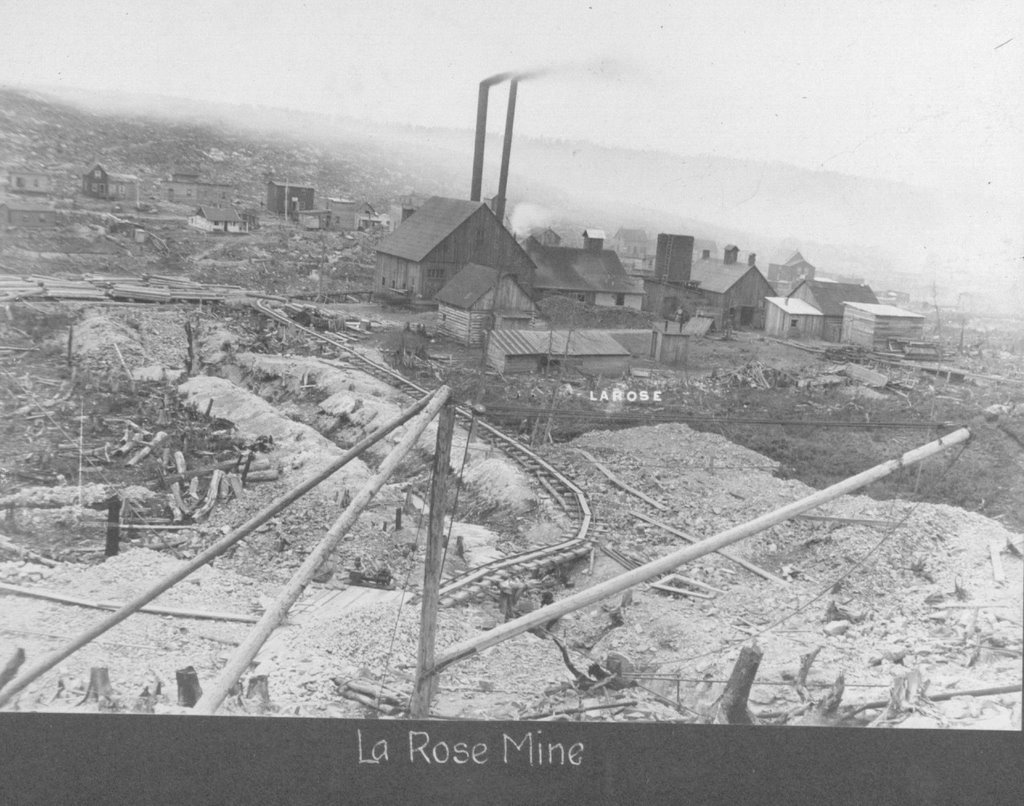

Taylor’s’ compressor that can transform any hydraulic power of any waterway to compressed air power that can be used in my machine where the output energy of my system backed up by Mr. Sadly, the Canadian Researches Counsel NRC/CNRC didn’t understand yet the benefit of Mr. Secondly, for having this compressor for me in order to produce compressed air for my Air Bucket Turbine (My Patent ( special thanks for the text, in part, to Richard Hillary grandson of CH Taylor).įirstly, for having his hydraulic air compressor working for the benefit of the mining industry that was in need of a lot of compressed air. The educated and informed doubt the abilities of those without the paper qualification however Taylor not only proved them wrong but his Air Plant was so finely engineered that it operated unabated, but for two maintenance shutdowns, up until fire destroyed it in the 1980's. He was this and more, most visionaries are. The general feeling around Cobalt at the time was, "Taylor is crazy, a two bit, so-called engineer, self taught, little better than a mechanic with a bunch of wacky ideas". There were many nay sayers at the time who did not believe Taylors calculations, there were many in the Engineering field that said it could not be done. Wall fractures in the granite substrate were smoothed with cement to eliminate uneven surfaces. He designed a drilling rig that allowed the men to work from a wooden platform that rotated on a central axis, thus maintaining a constant diameter. To reduce friction and drag in the intake and tail shaft Taylor had to devise a method of drilling in the granite that would ensure a smooth vertical wall.

It was one of the most impressive site around Cobalt during the hayday of the Air Plant. The excess air blows out 10 feet below the surface of the Montreal River resulting in a geyser plume that often reaches 200 feet in the air. When more compressed air, than can be used, builds up in the chamber the water level in the tunnel is forced down exposing the end of a 12 inch release pipe. (The photo at the right is of shaft #8 it has a pencil sketch on the back presumably by Charles Taylor that was done on site.) There is a total of 21 miles of seamless pipe used for the movement of air to the various mines. The air is transported to the mines via a seamless pipe, imported from Germany, specific to this project. Here it passes into a valve house and is distributed to the mines of Cobalt. The air, under pressure, in the pocket below ground is tapped off by a 24 inch diameter steel pipe and brought to the surface. Once at the surface it continues down the Montreal River. A 298 foot tail shaft by 22 feet in diameter returns the water to the surface.


The rushing water slows down in this tunnel and the air collects along the roof at approximately 120 p.s.i. This tunnel is 20 feet wide and 26 feet high, at the far end a bulge in the ceiling increases the height to 42 feet. When the water reaches the bottom of the shaft, it is diverterted into a 1021 foot long horizontal tunnel by a steel sheathed concrete cone. Water backed up behind the 660 foot wide dam swirls down through these pipes carrying air with it. At the top of this shaft are twin intake heads each containing 72 intake pipes, 16 inches in diameter. The lower 40 feet widens to 11 and 1/2 feet in diameter. The feeder shaft, 351 feet deep and 9 and 1/2 feet in diameter was sunk into the bedrock. Ragged Chutes was Charles most ambitious project and his greatest success.


 0 kommentar(er)
0 kommentar(er)
